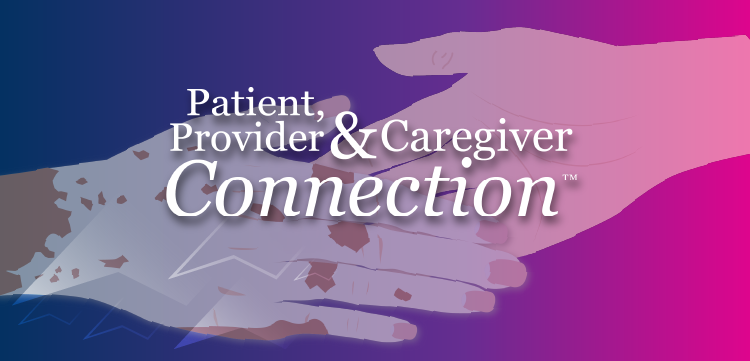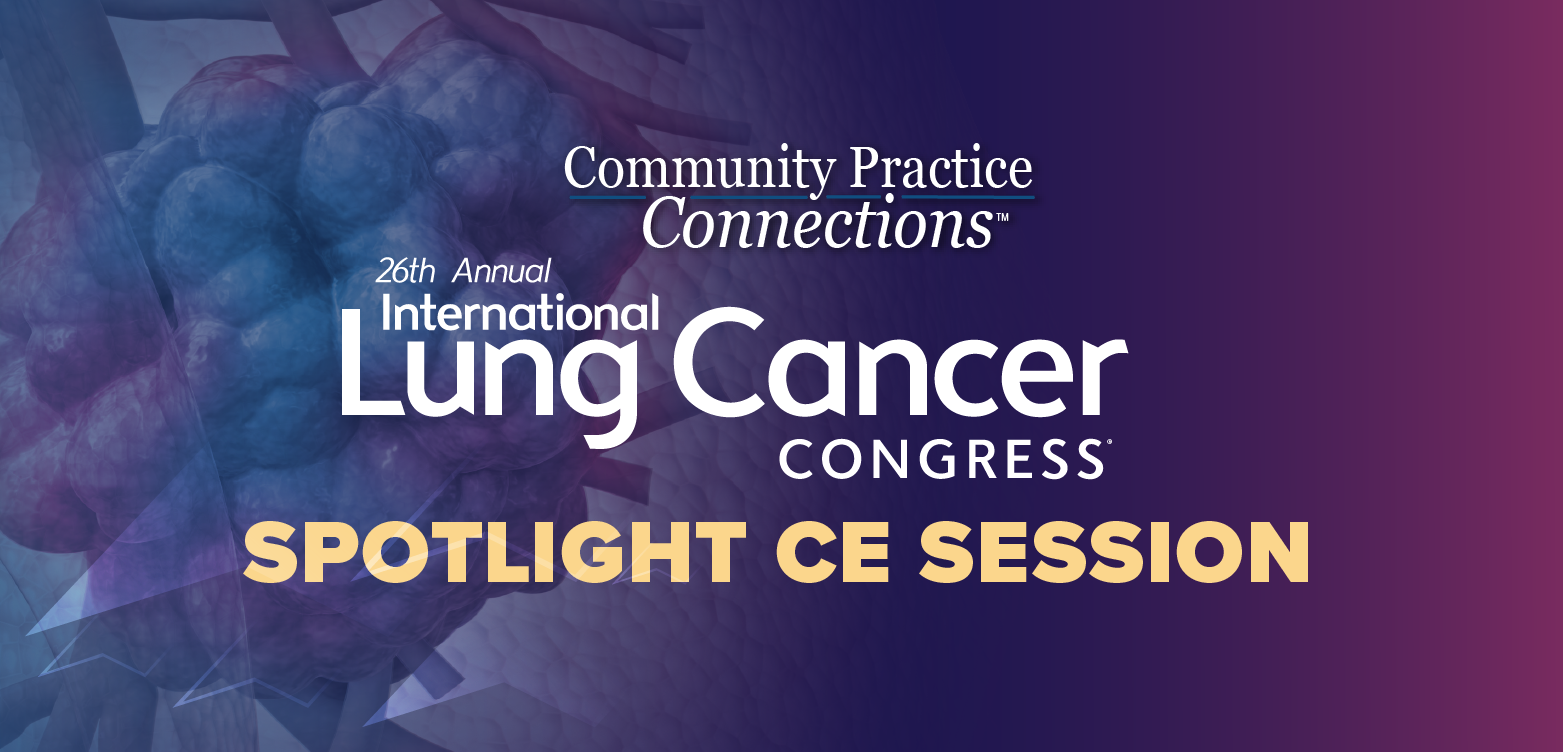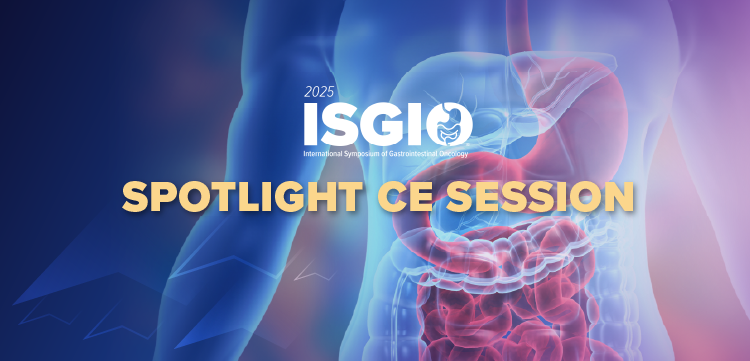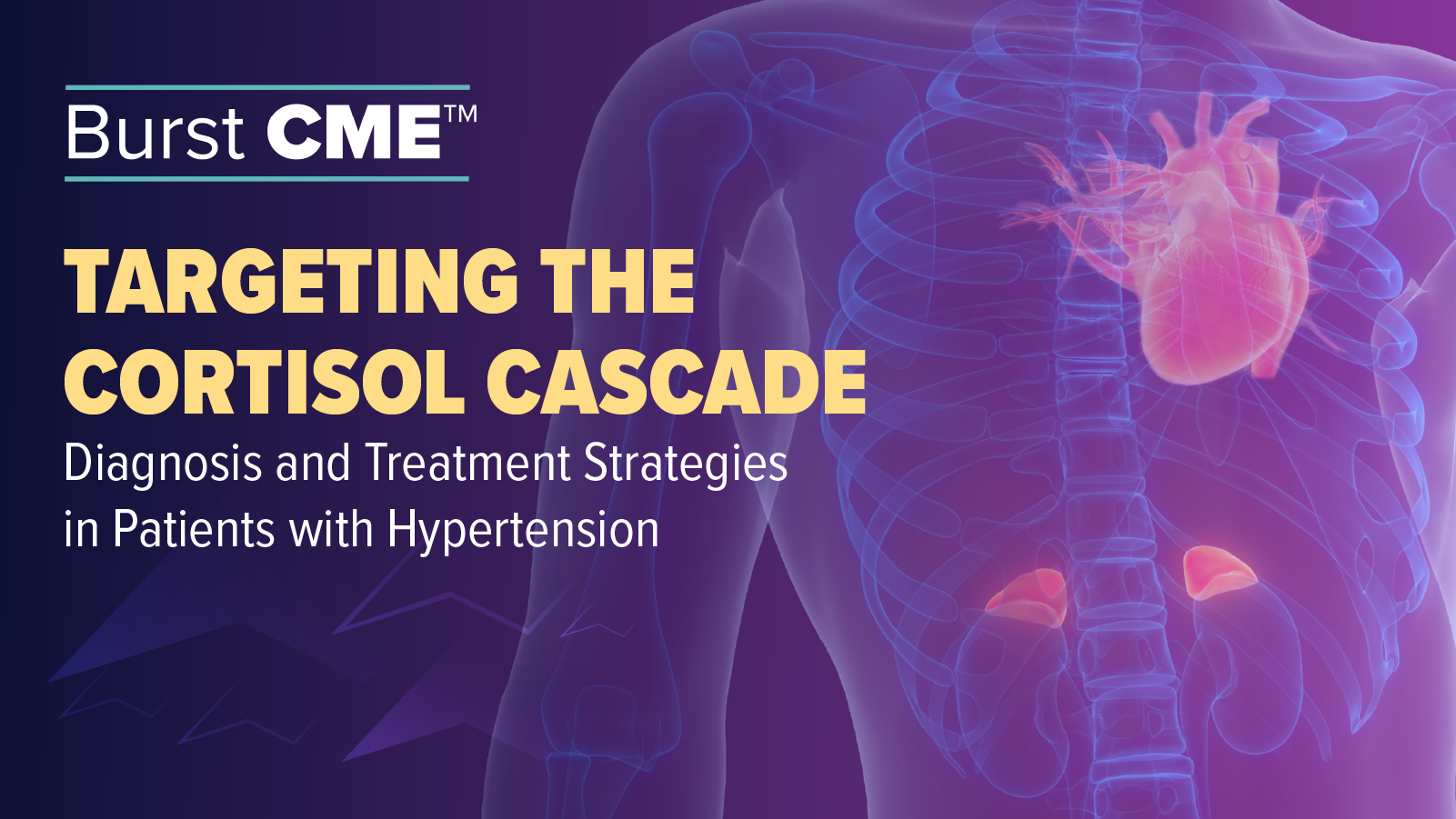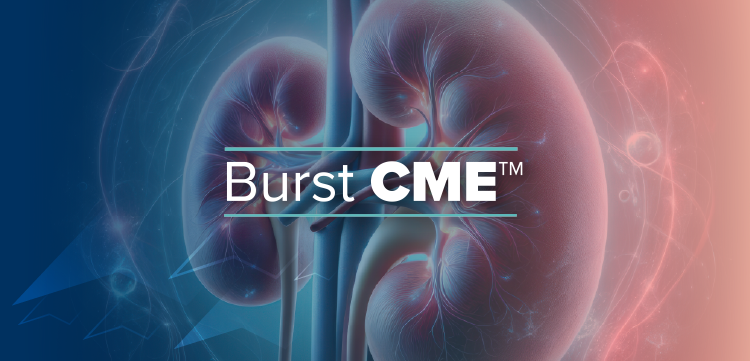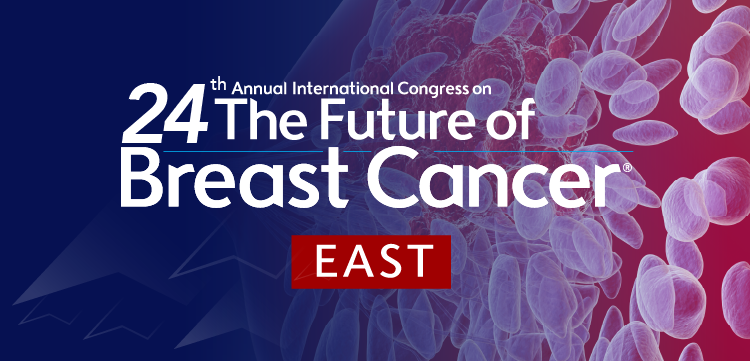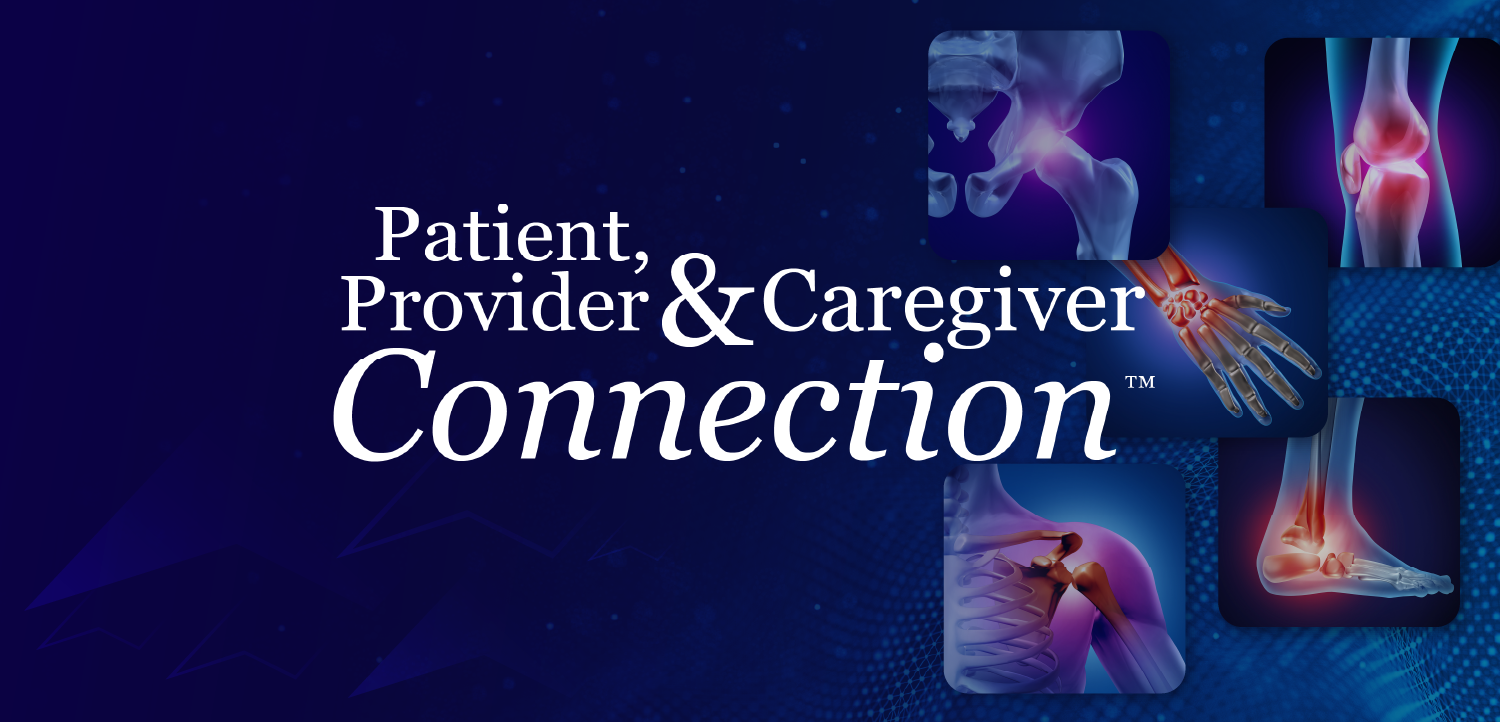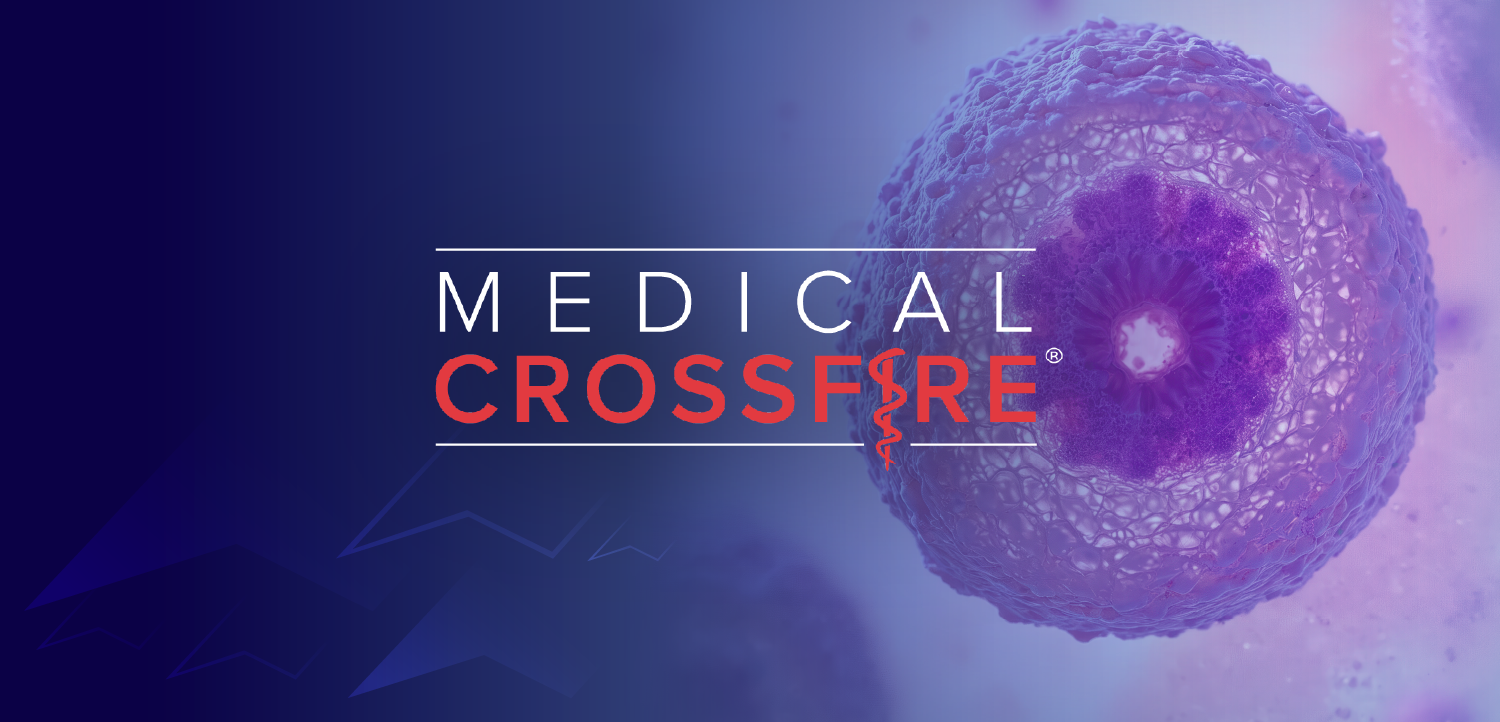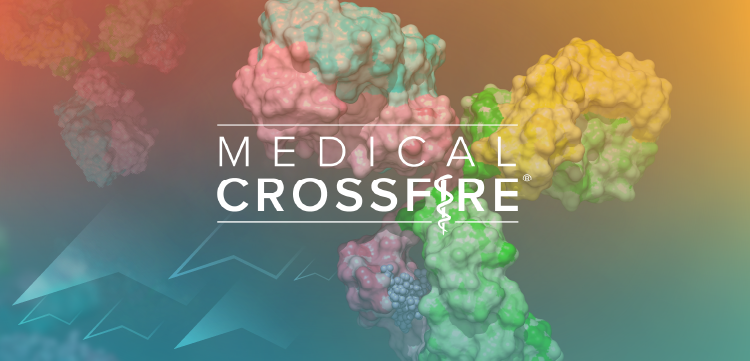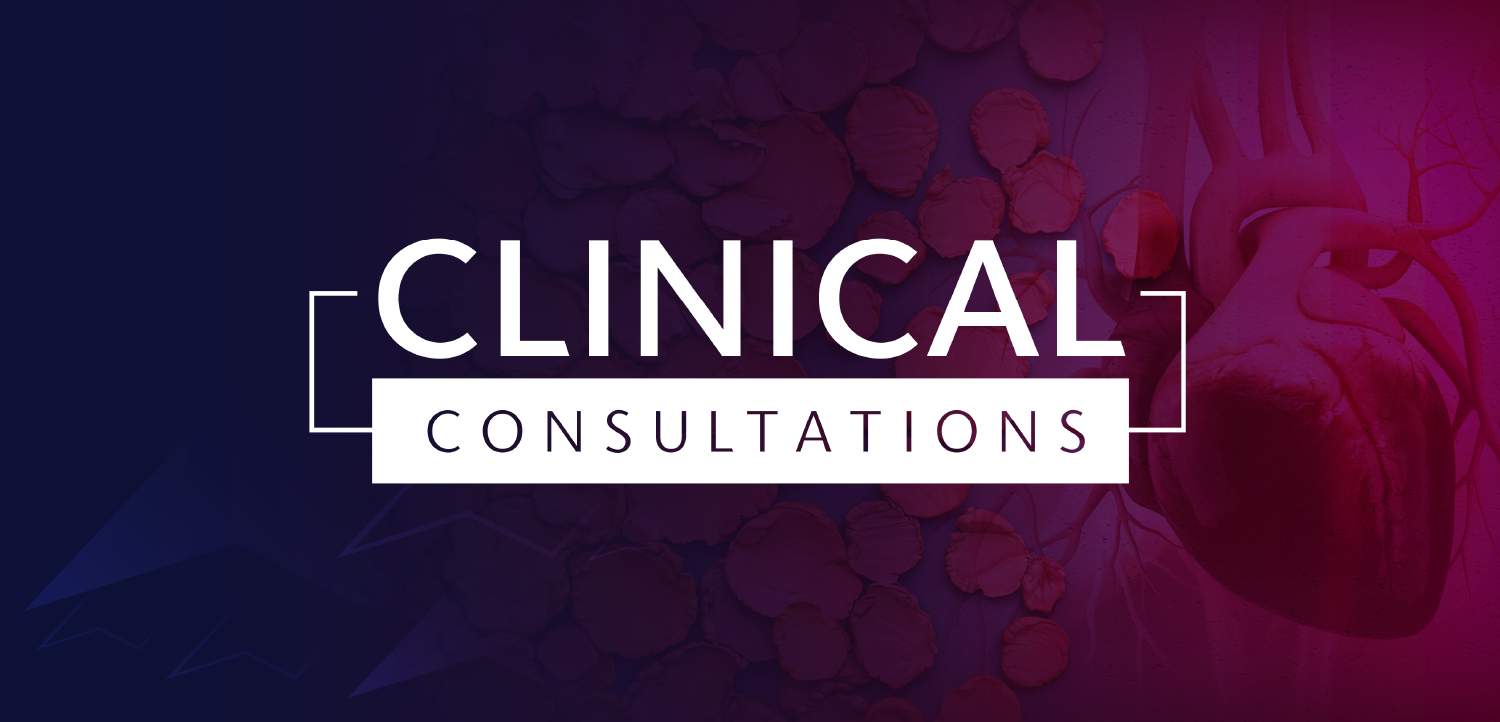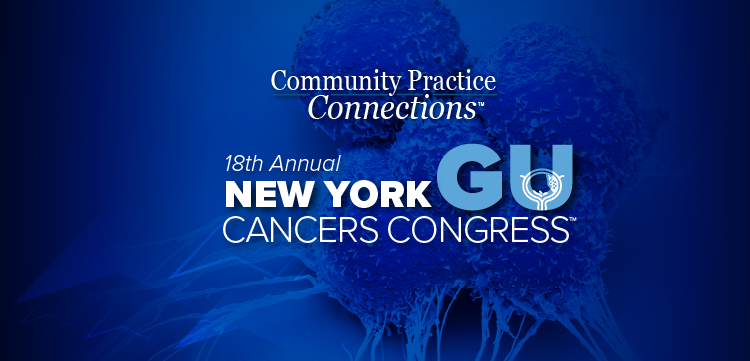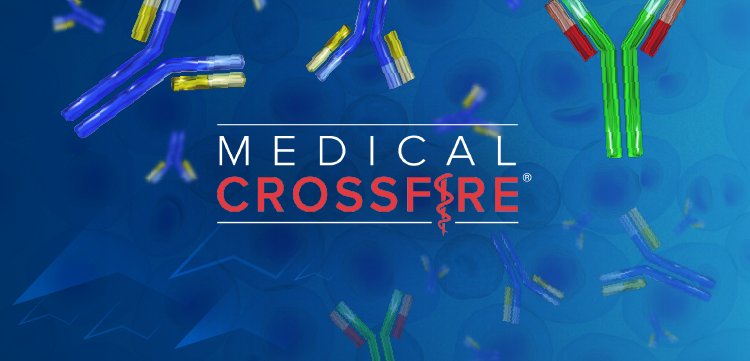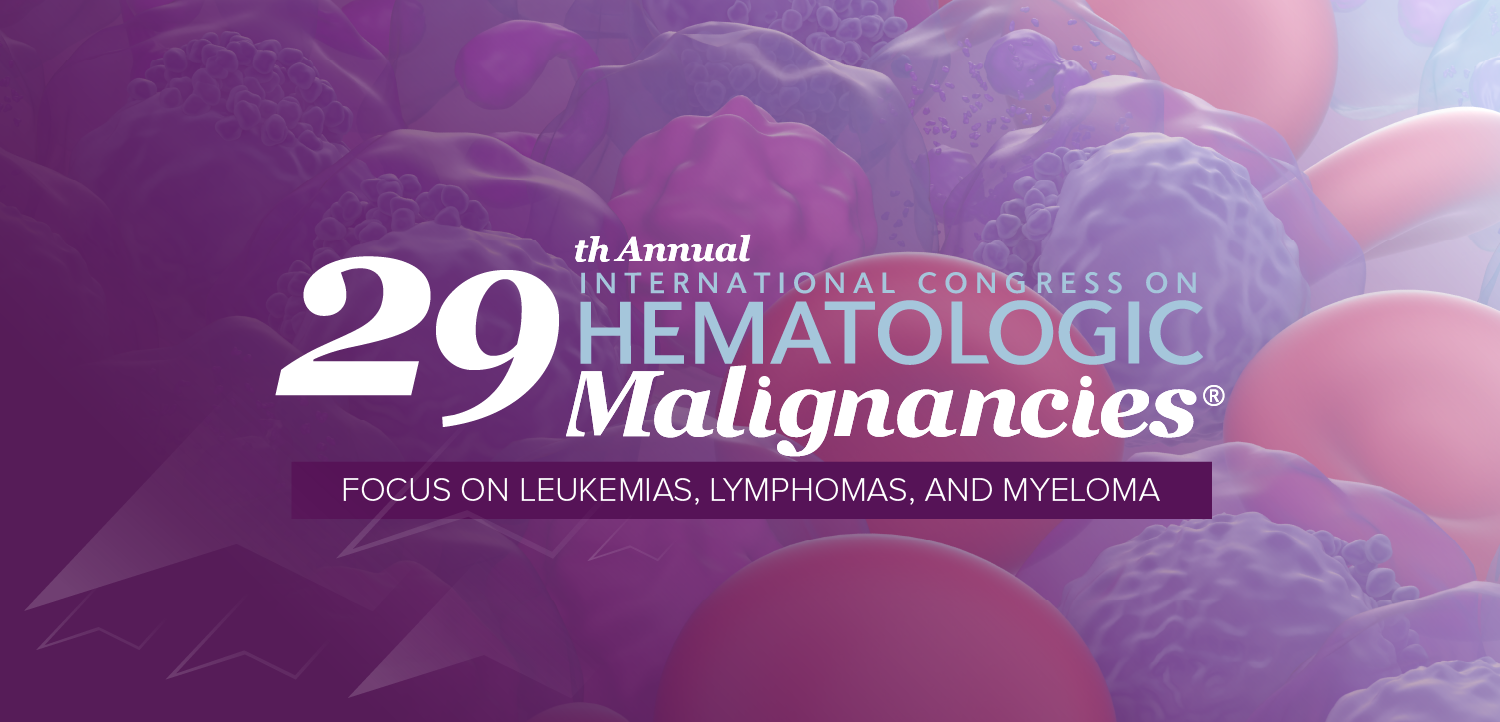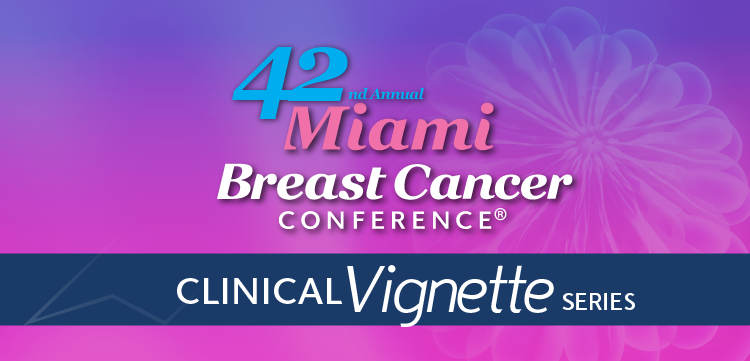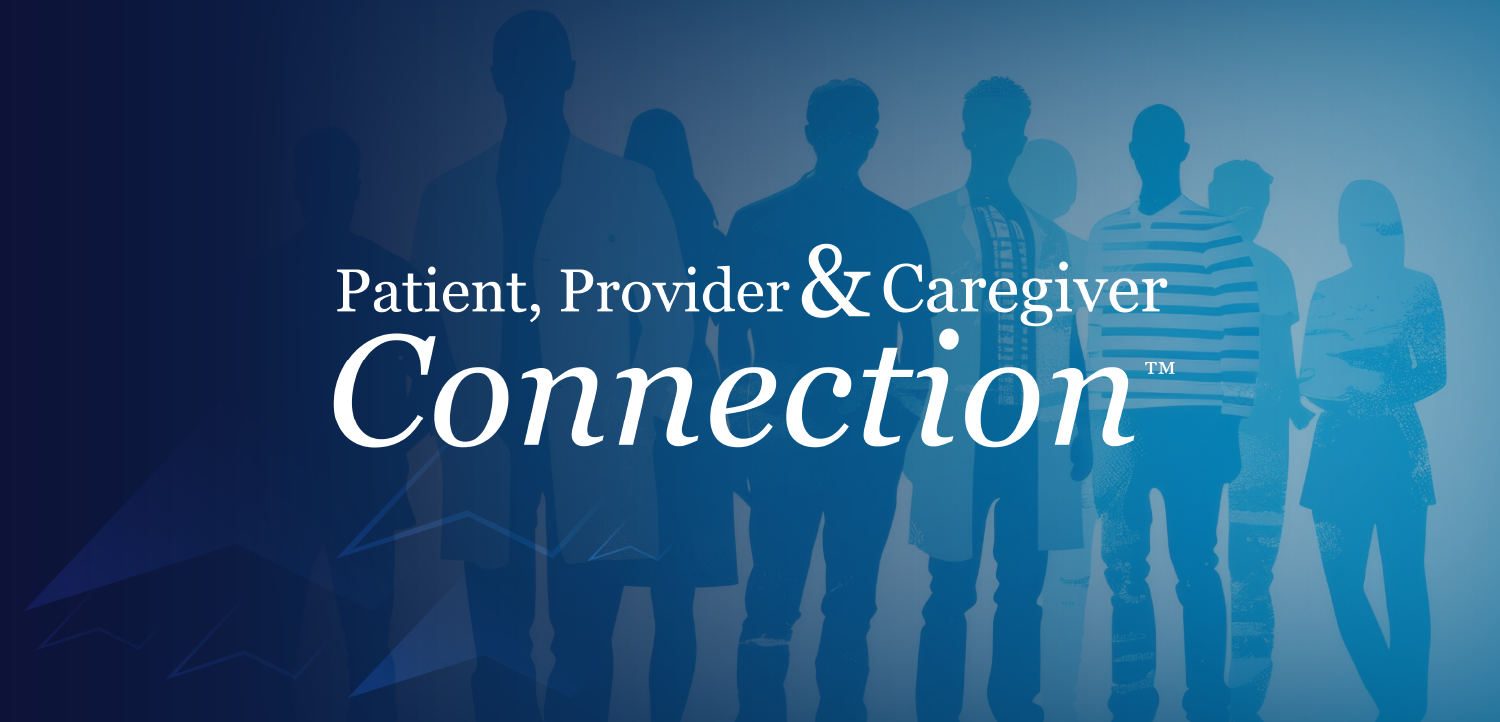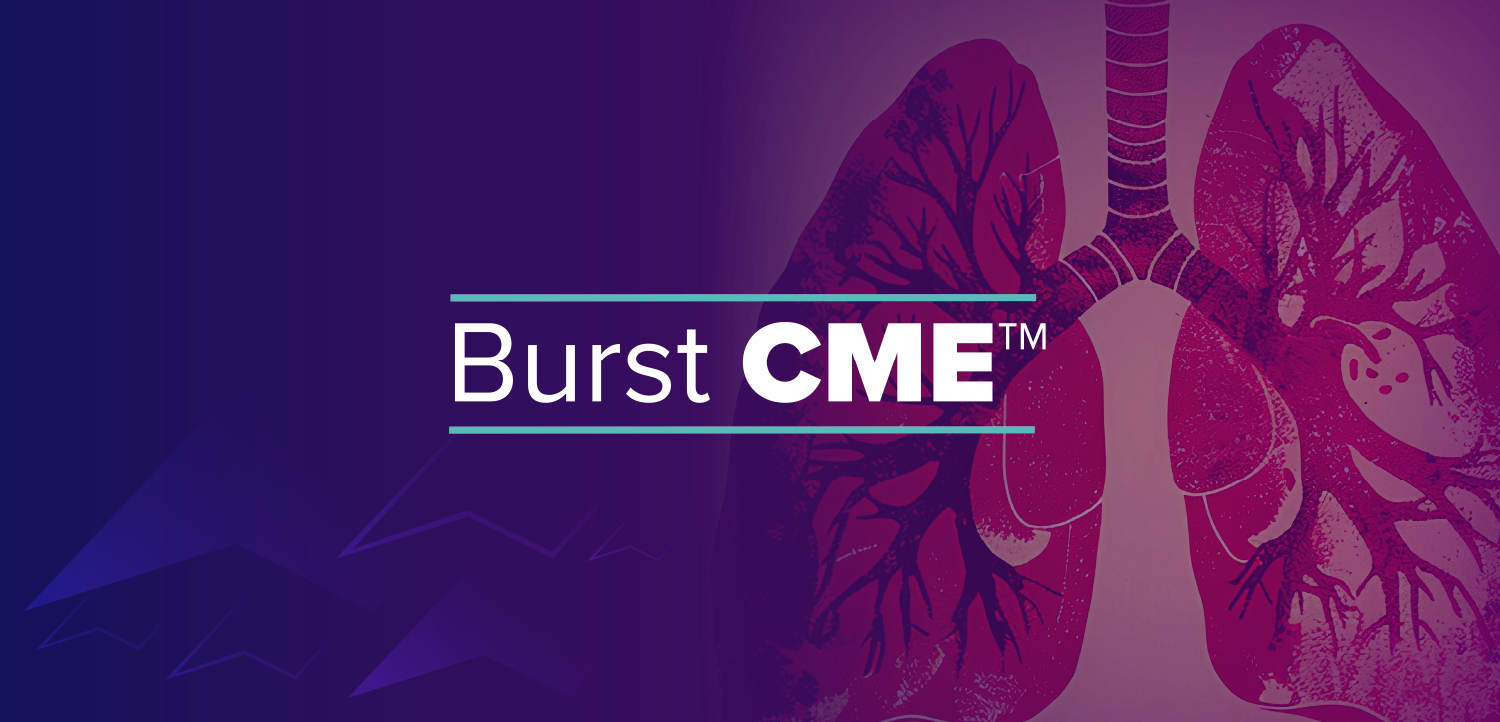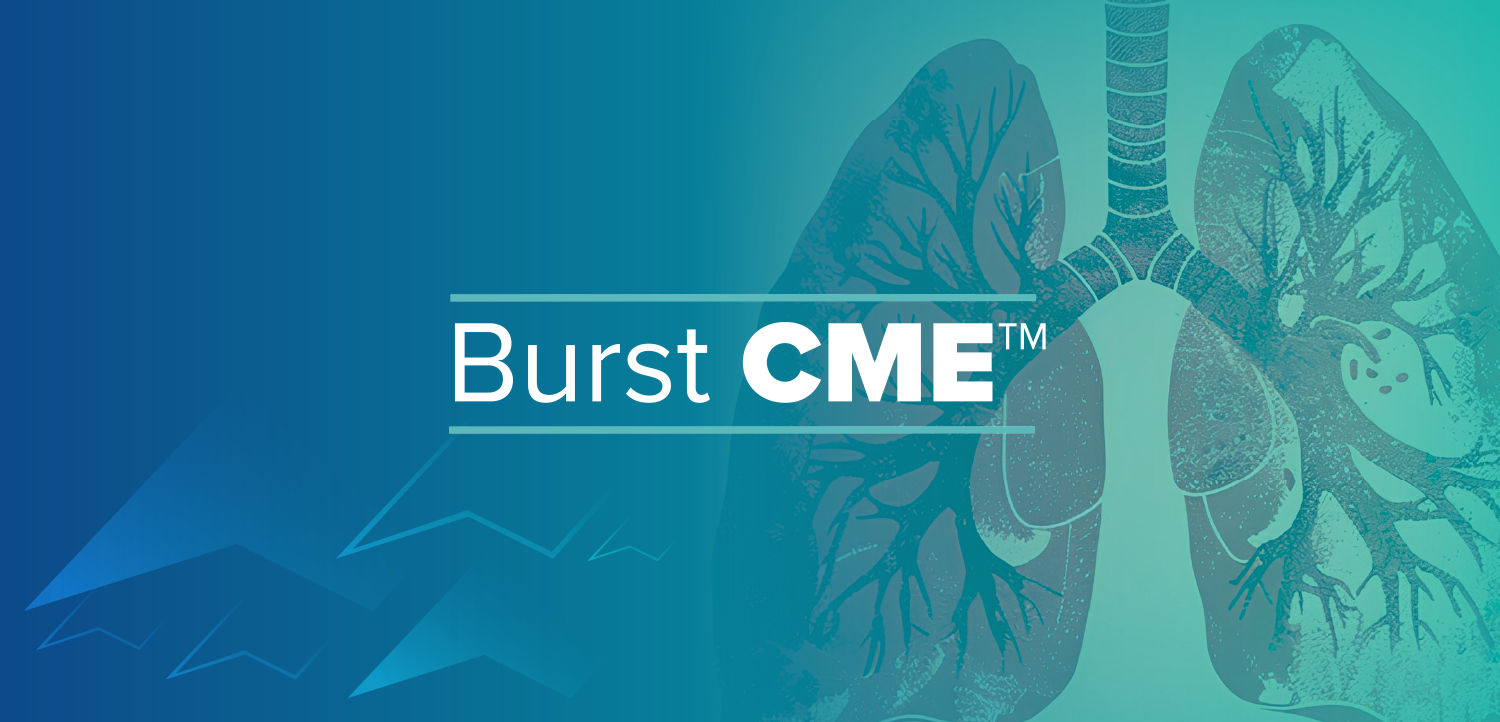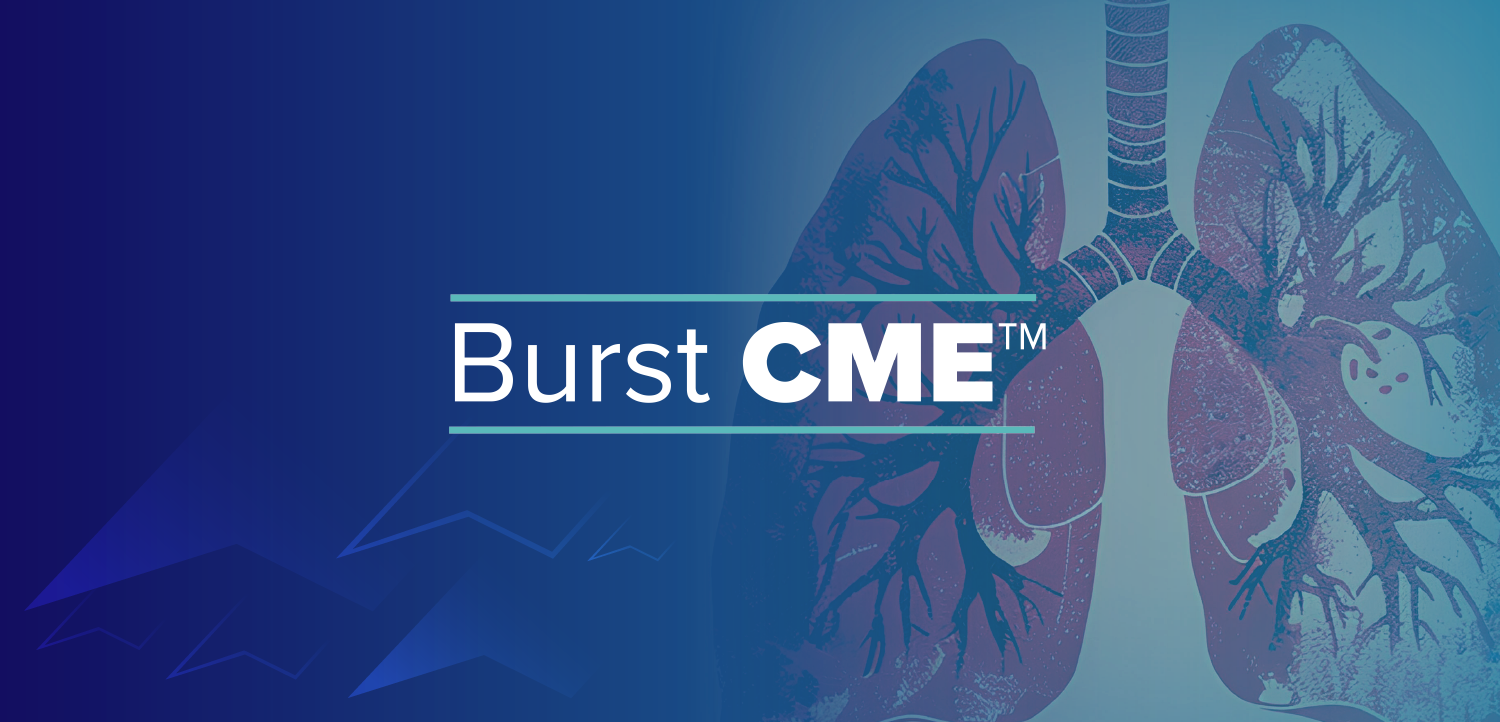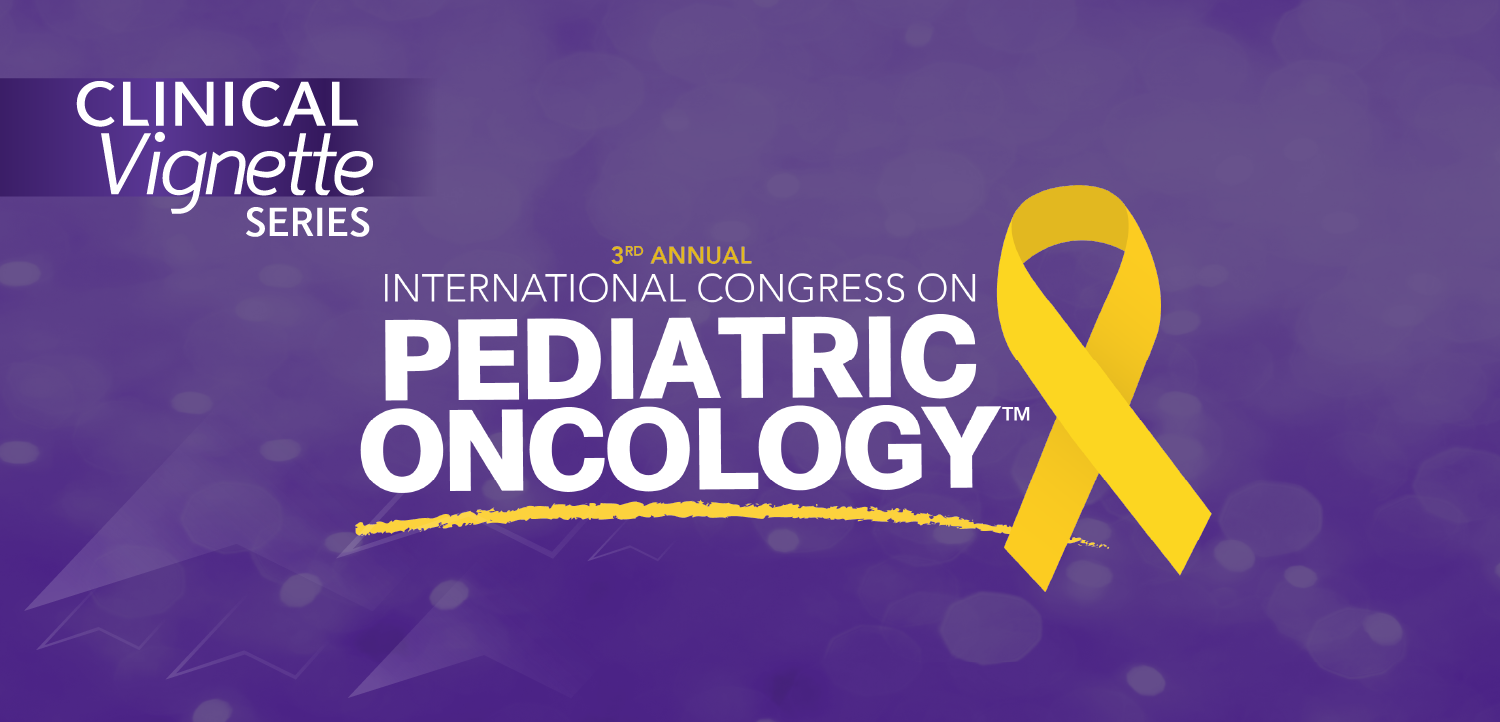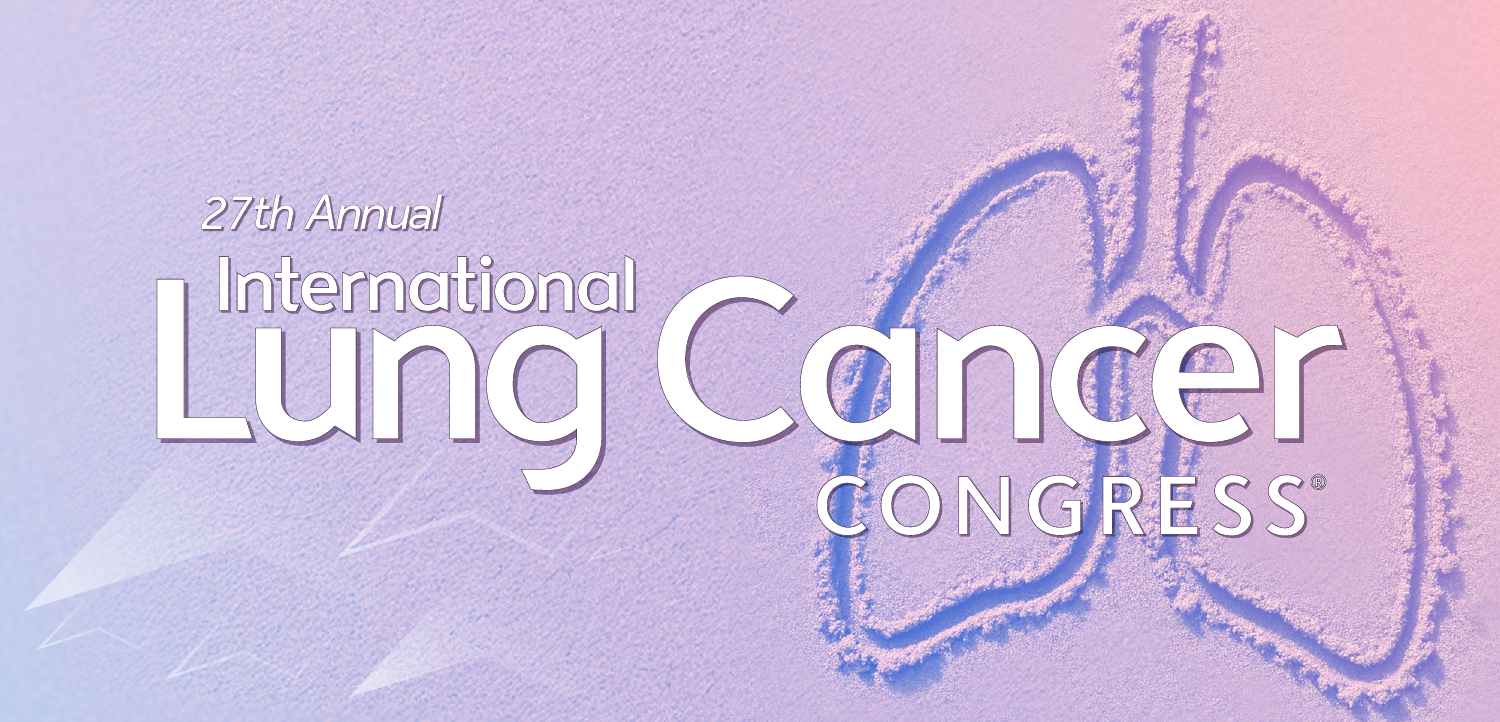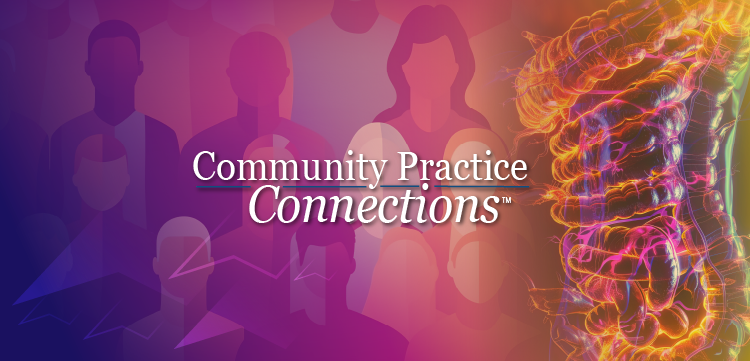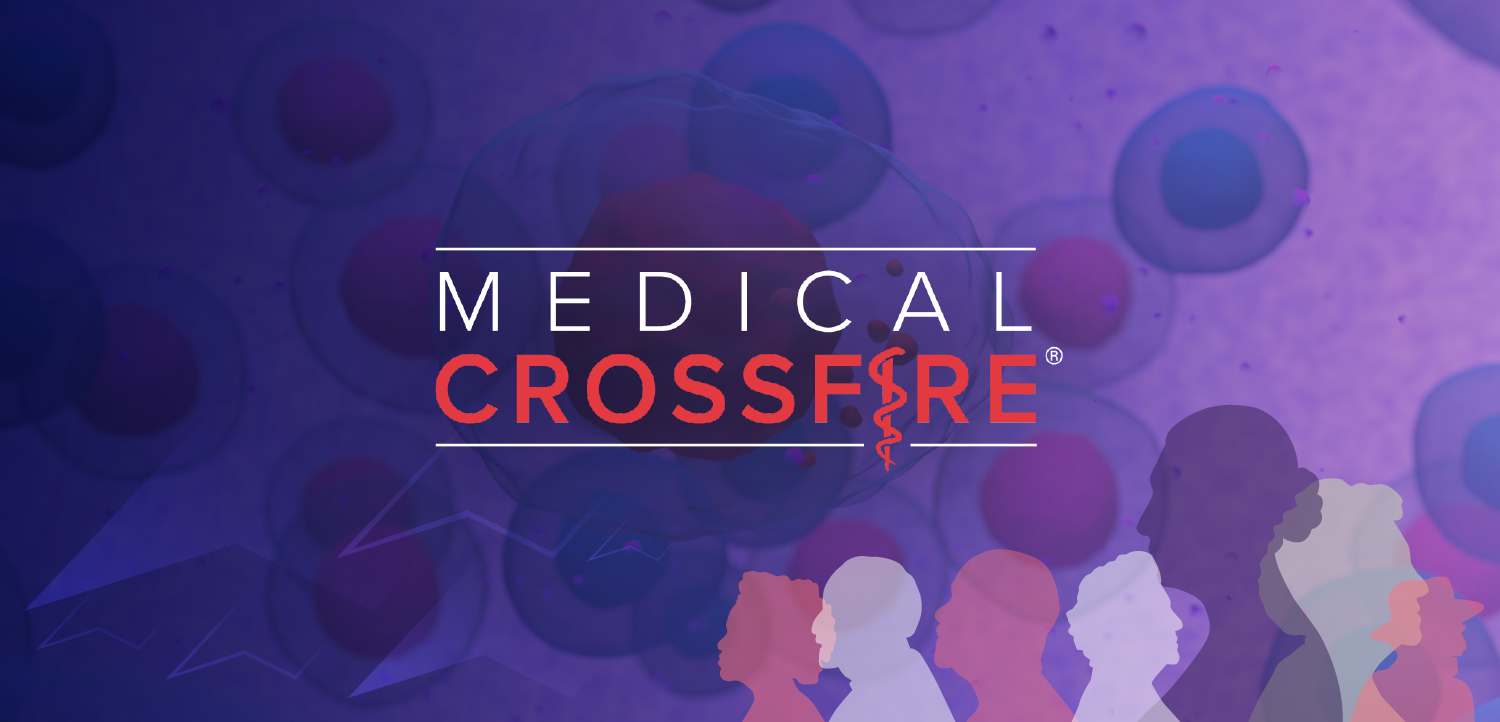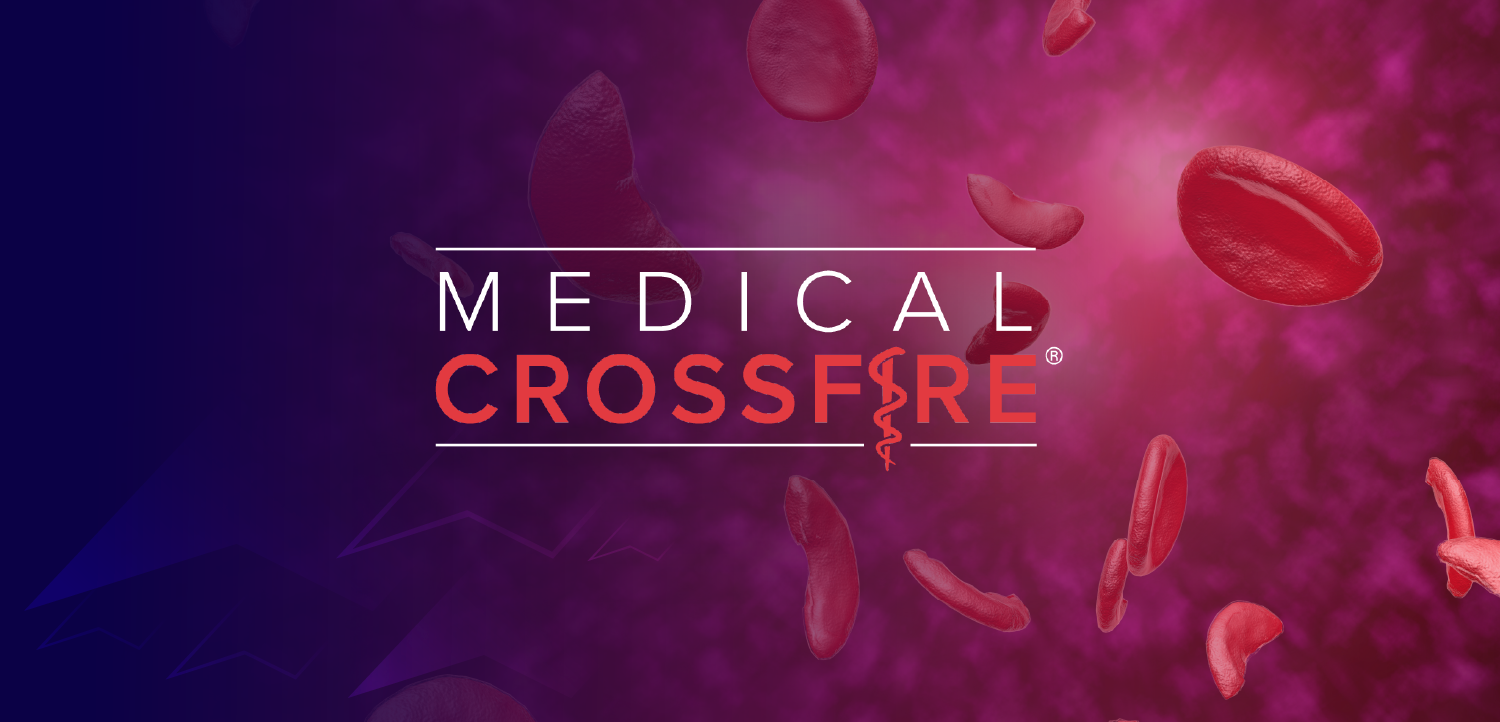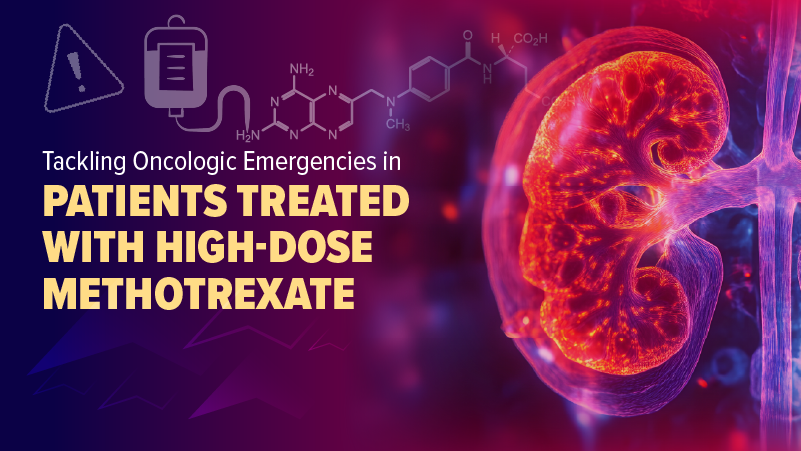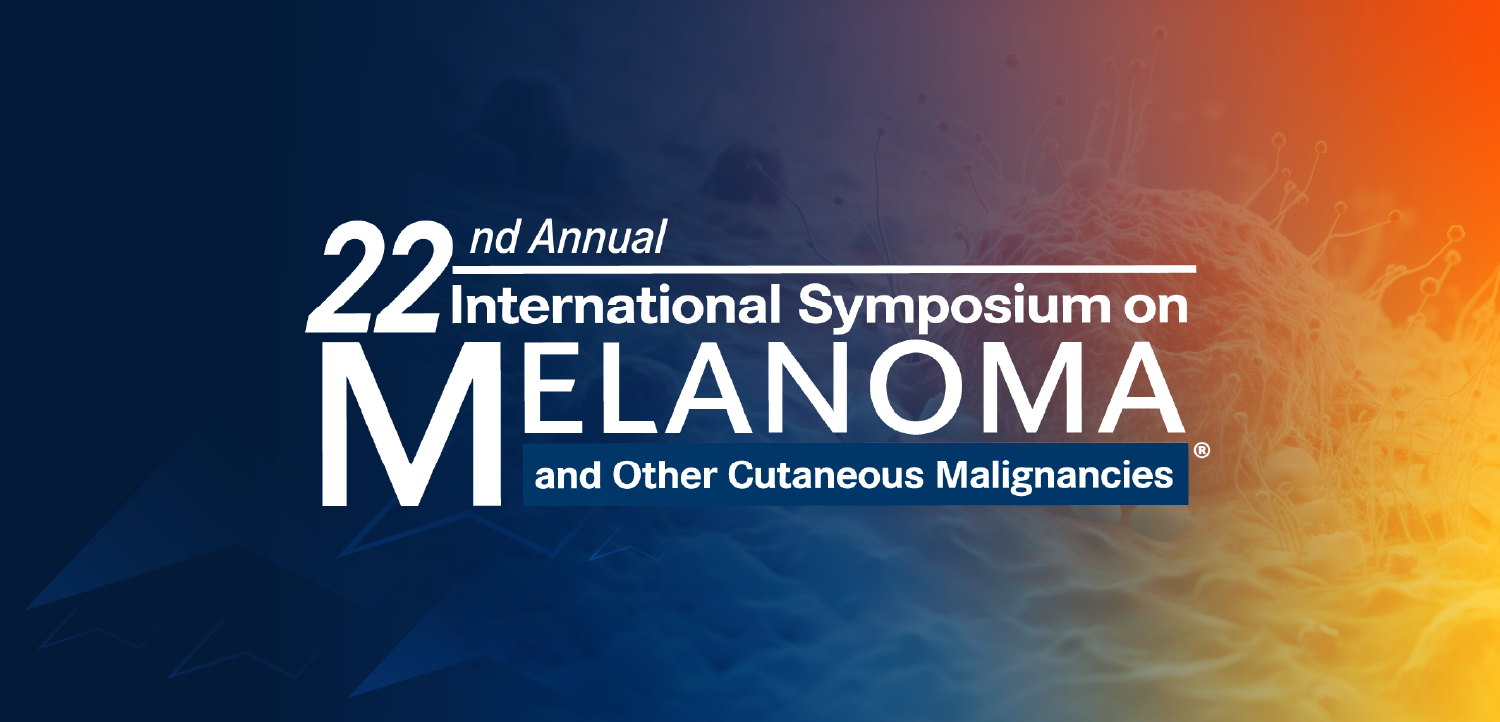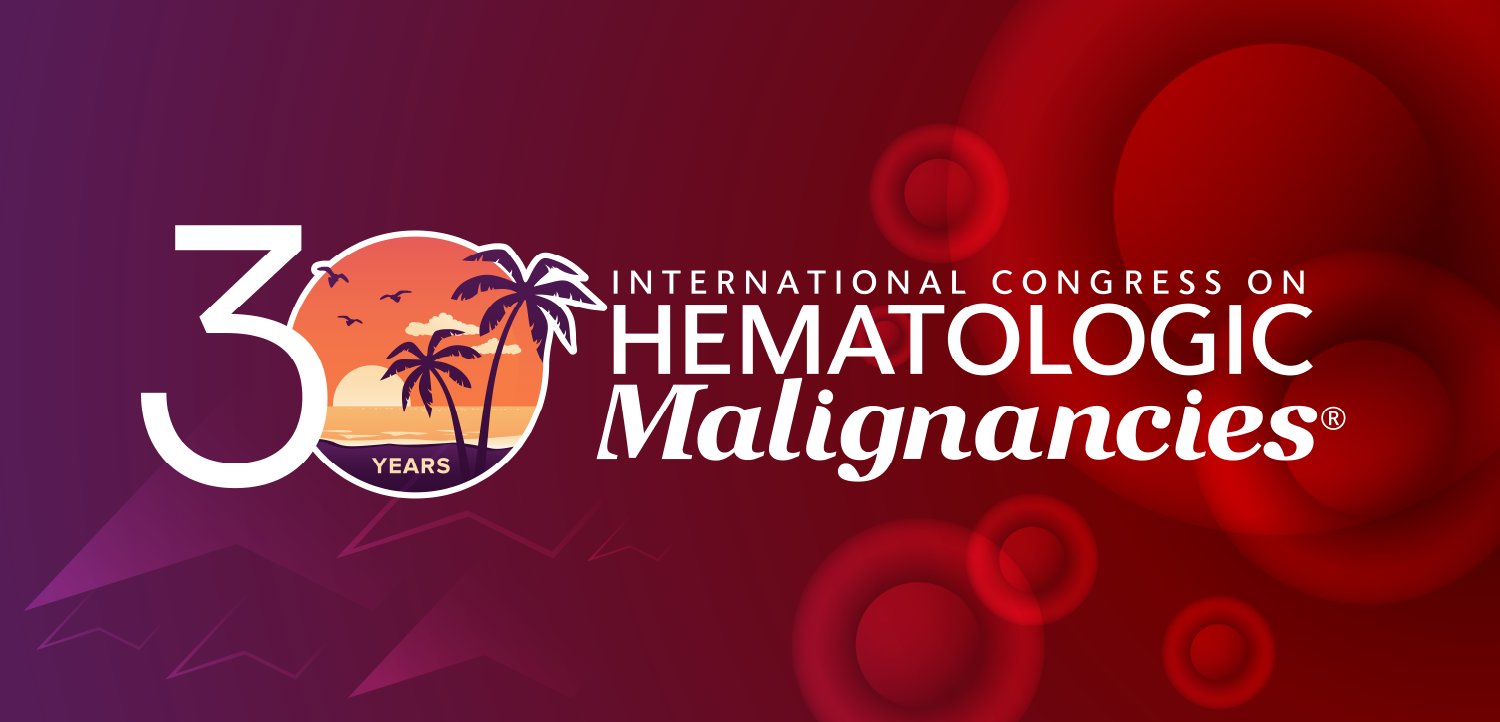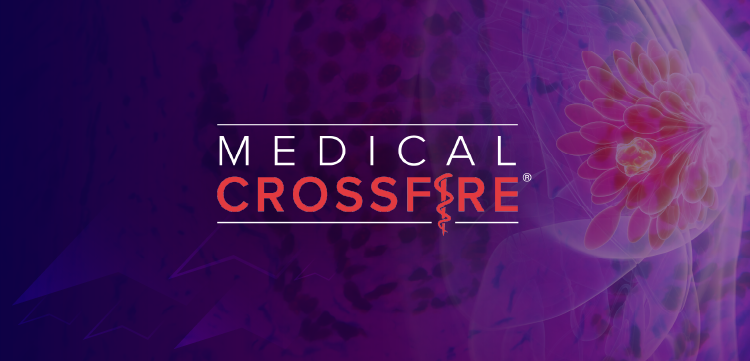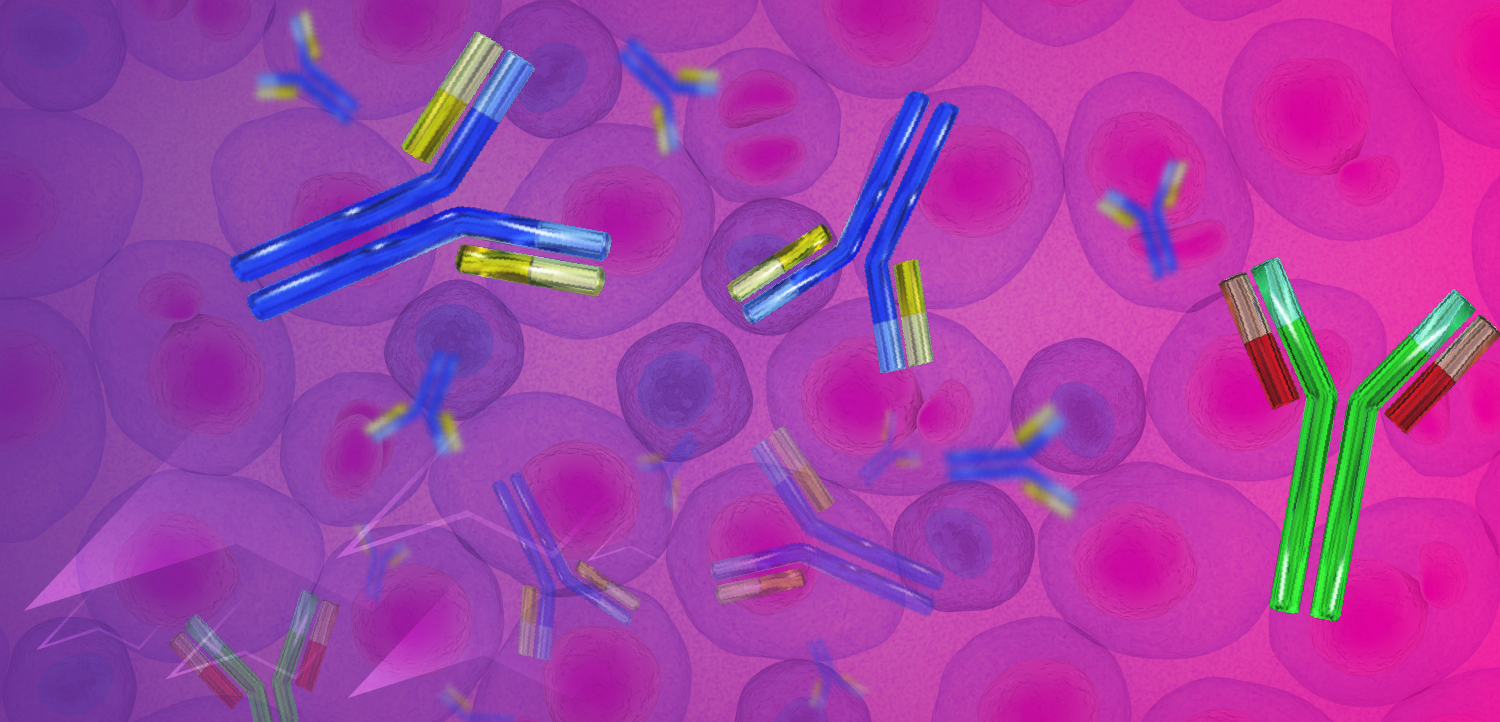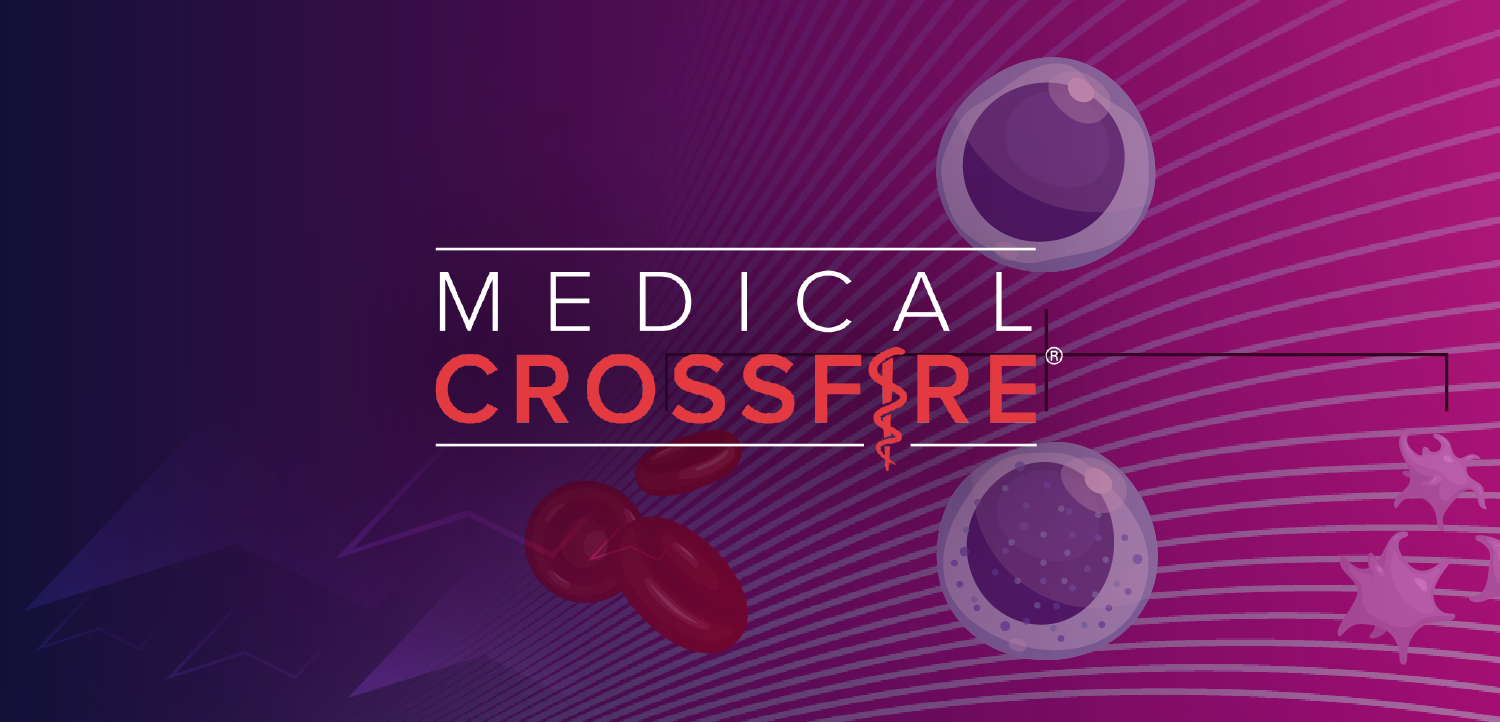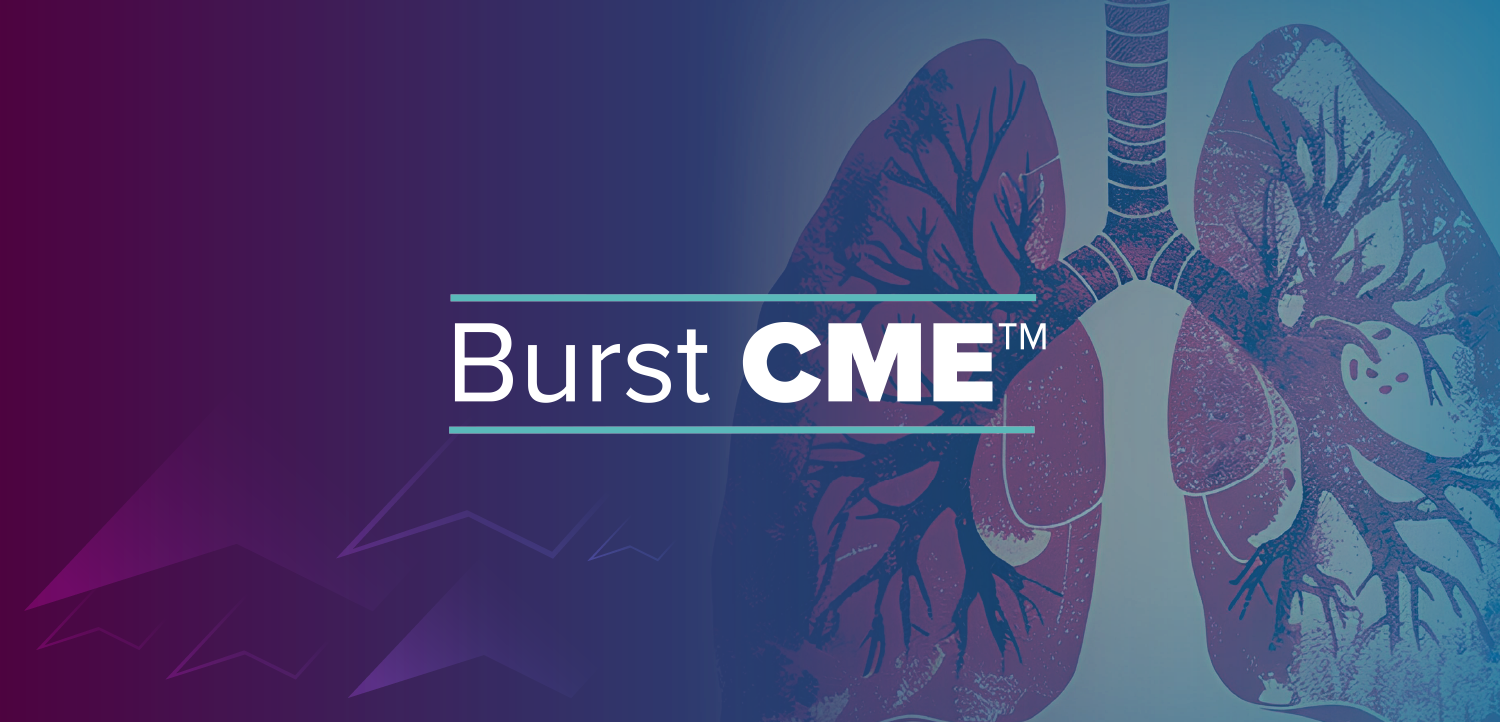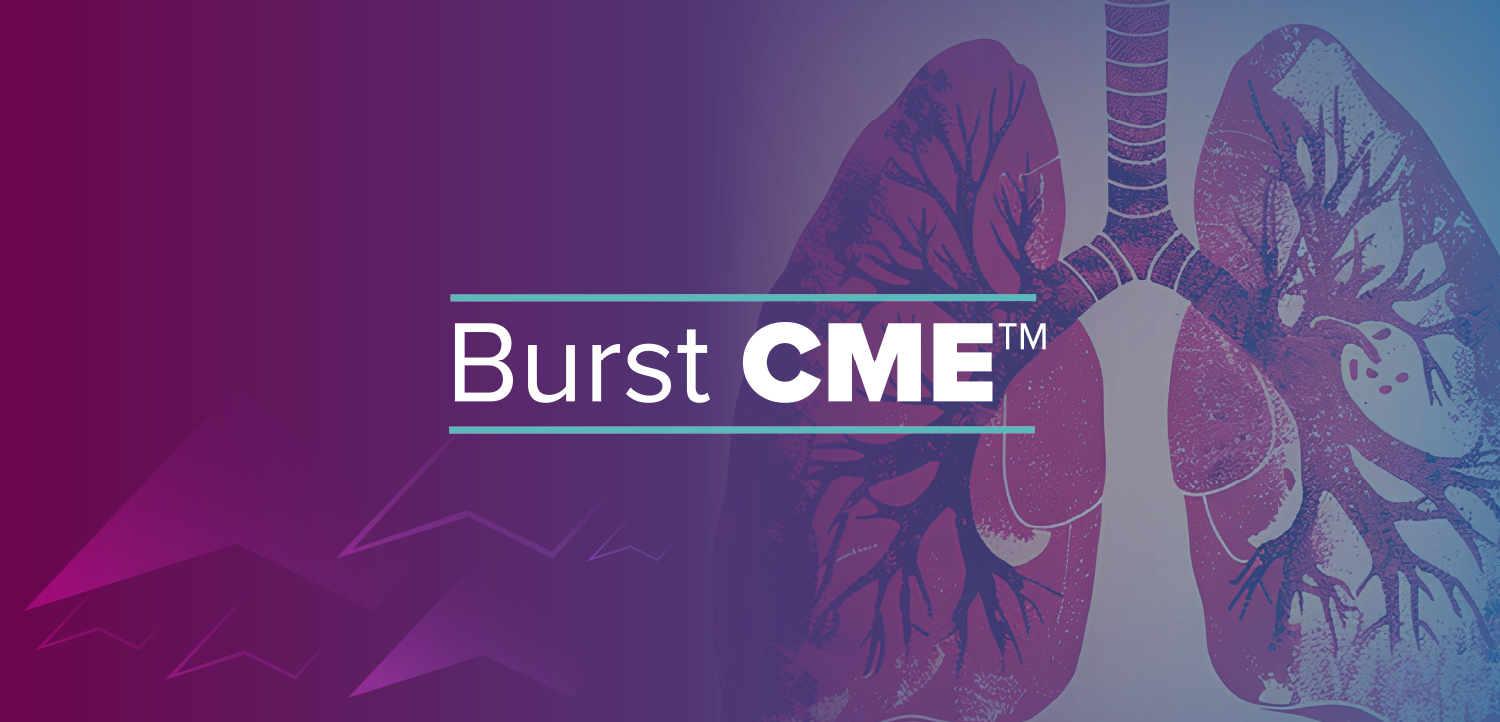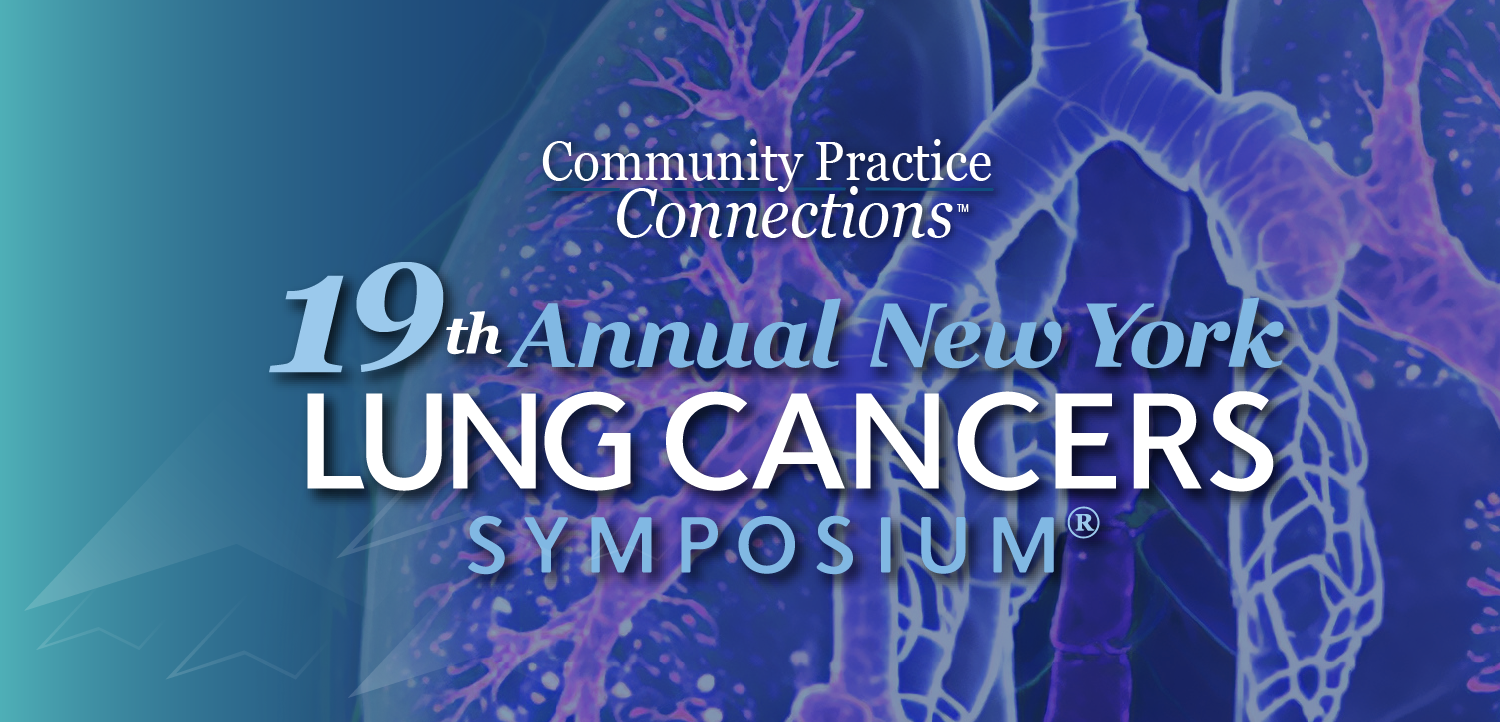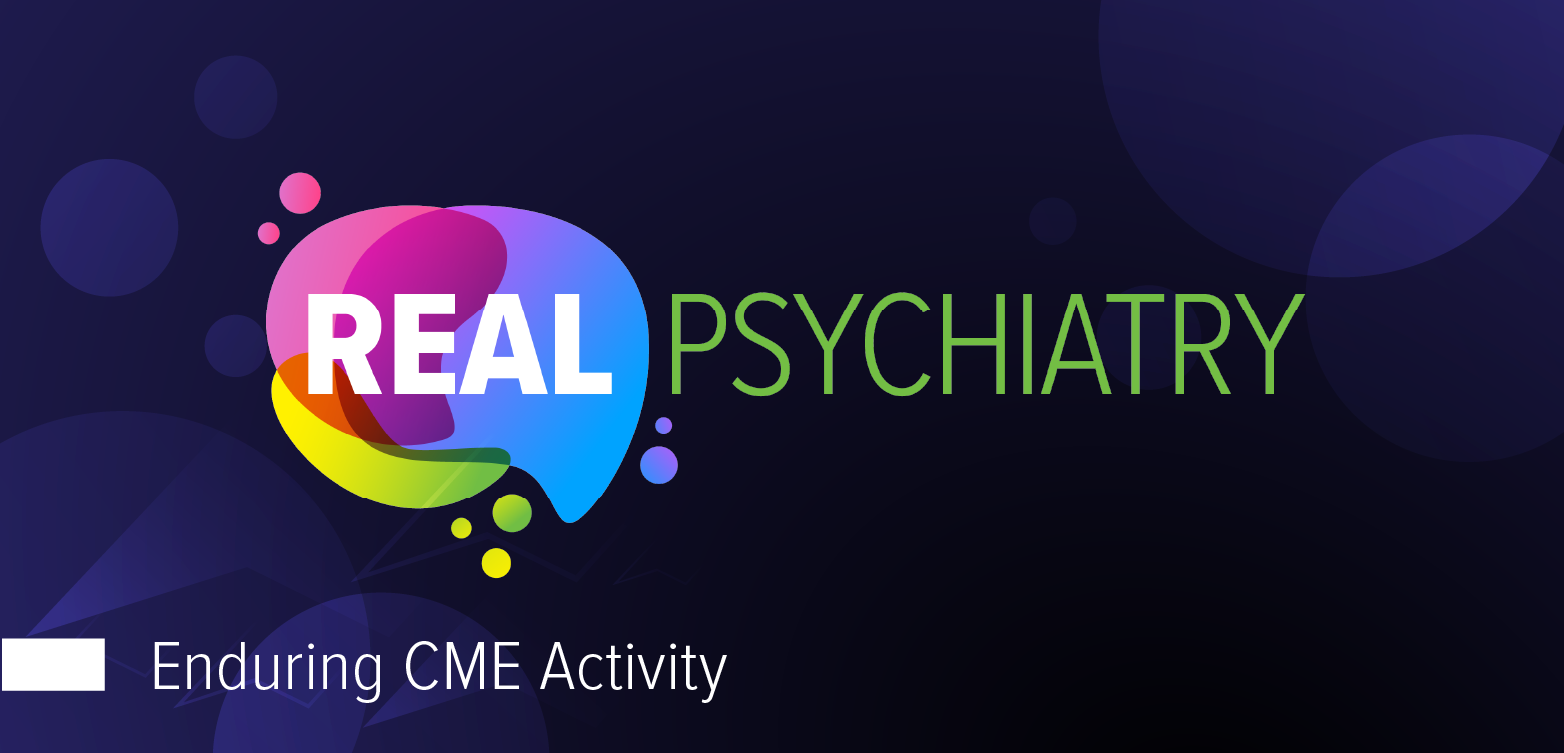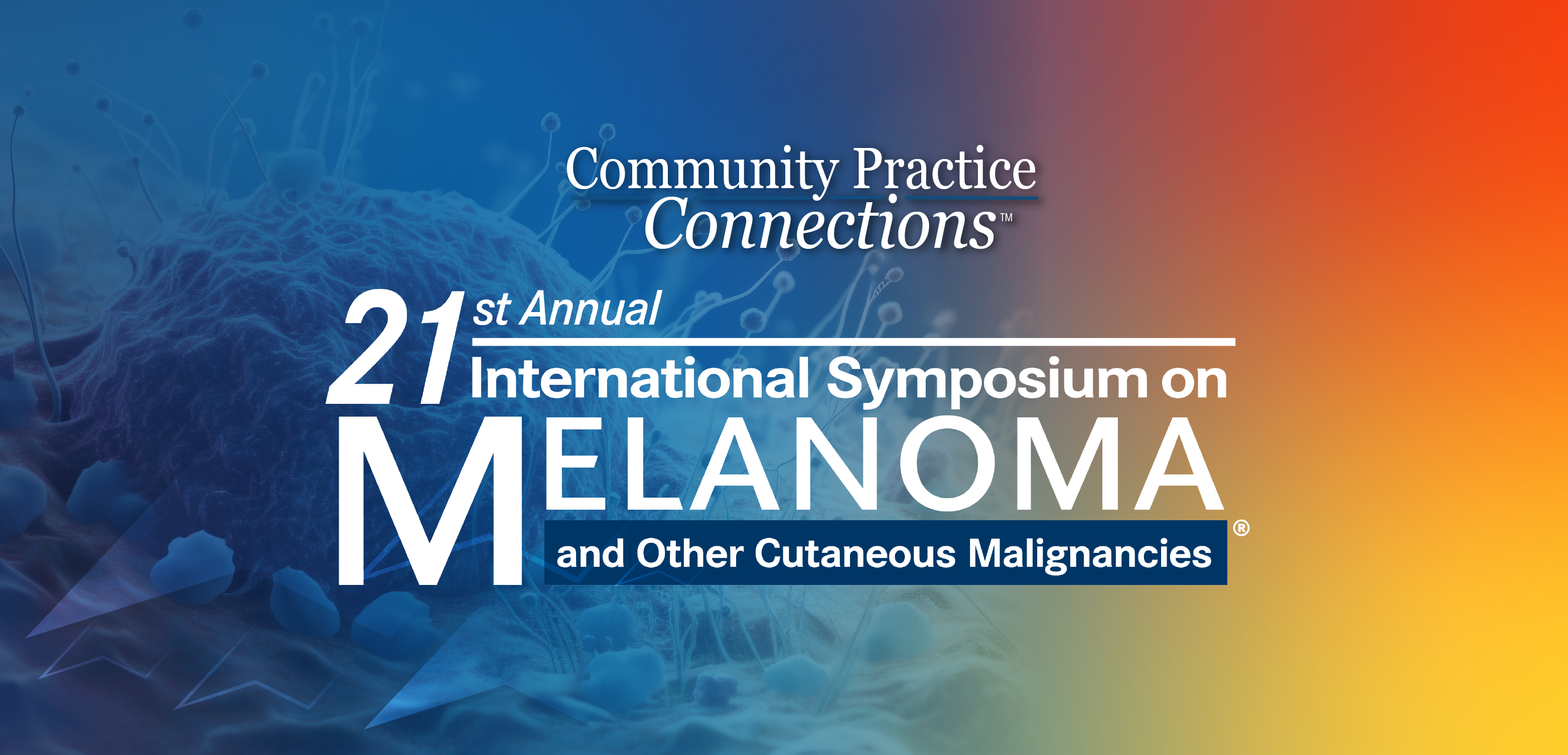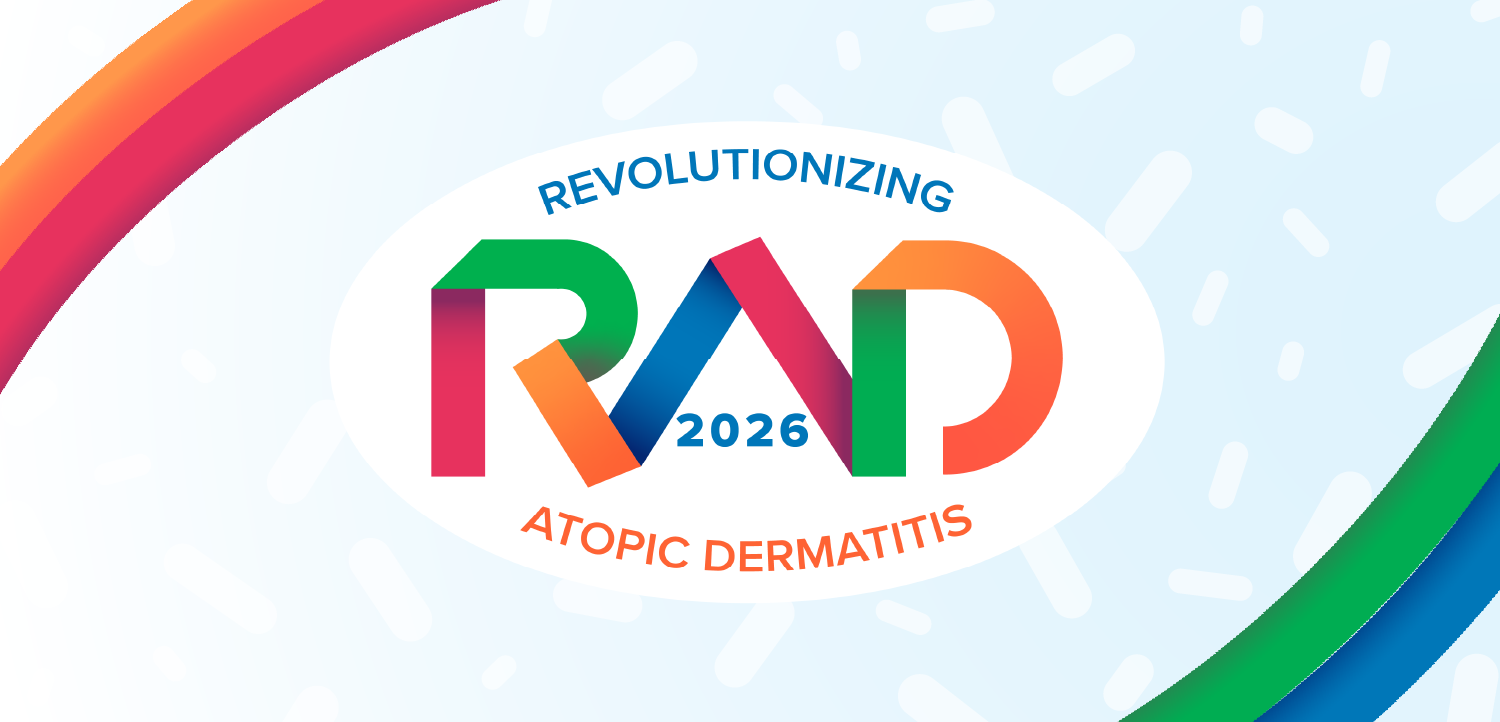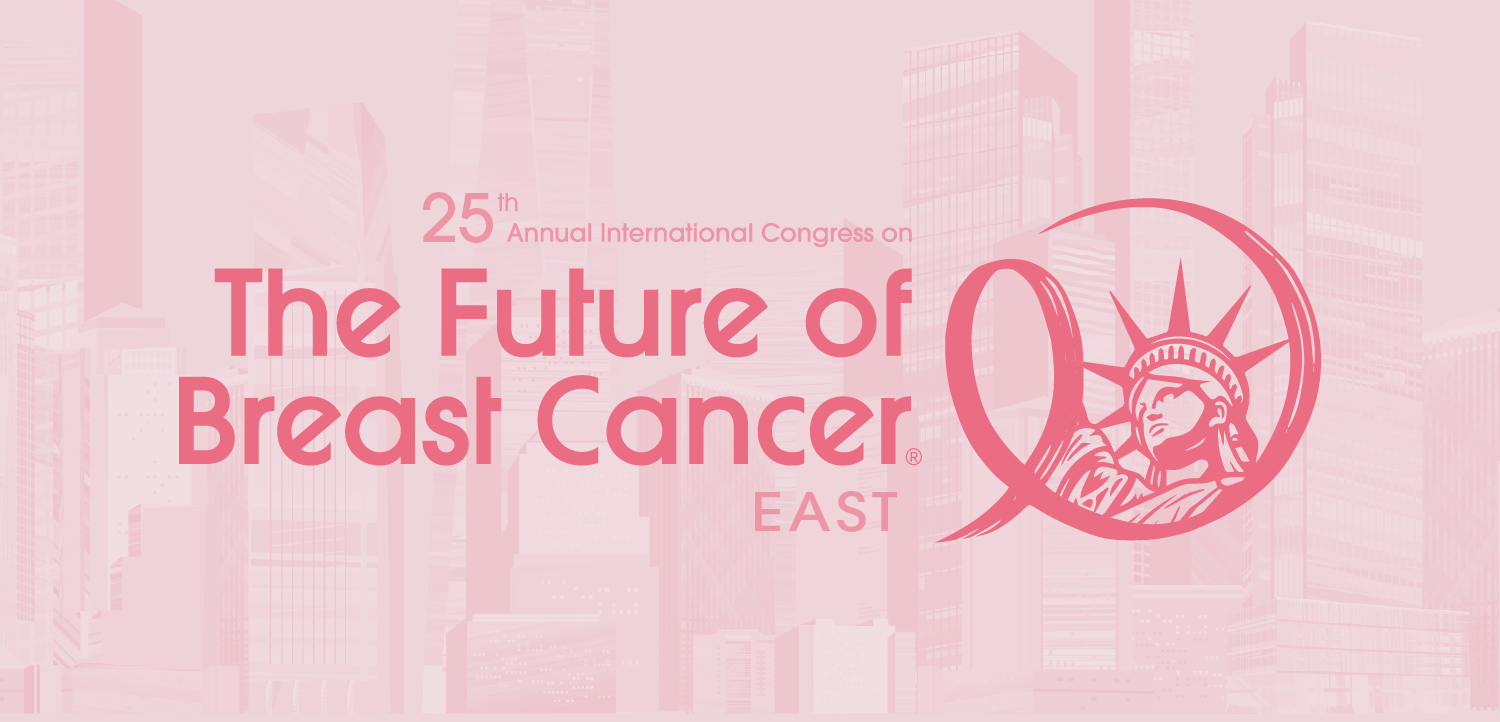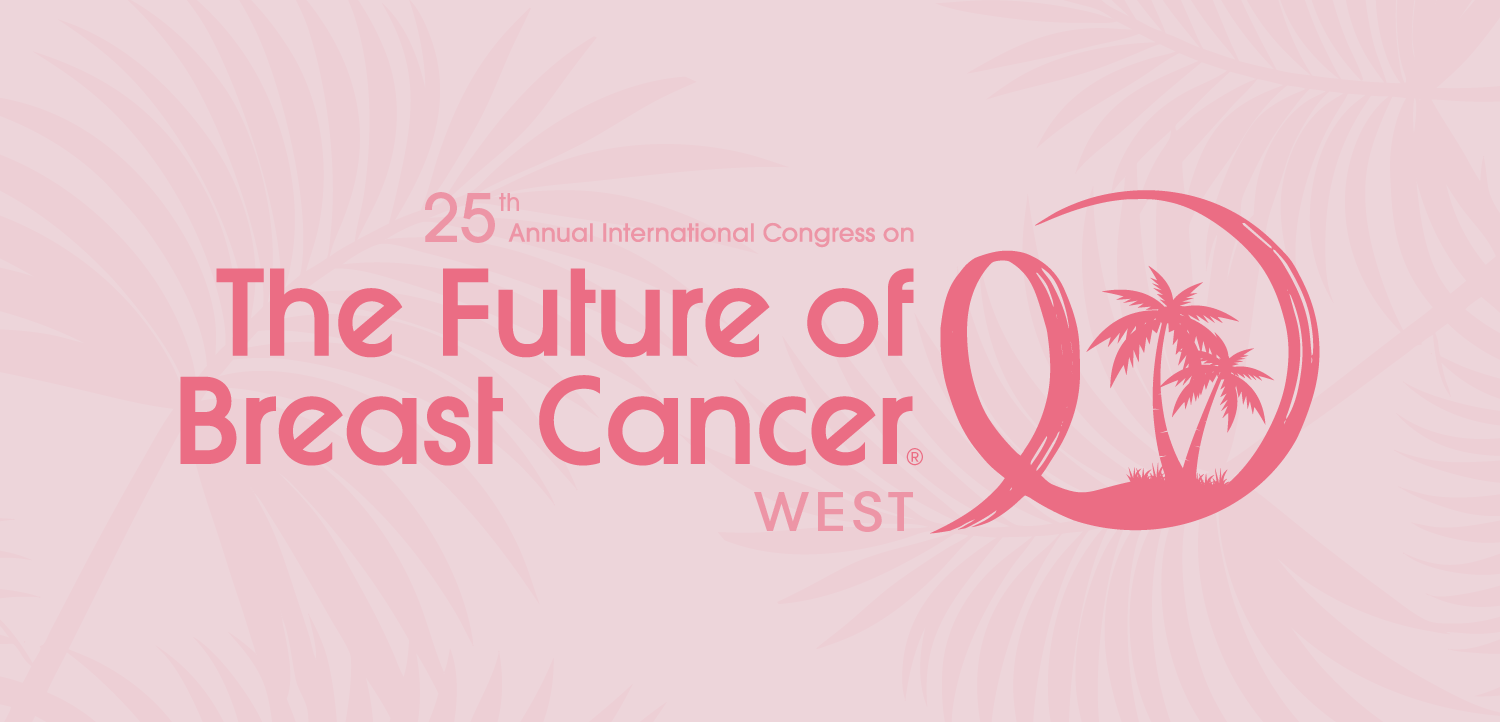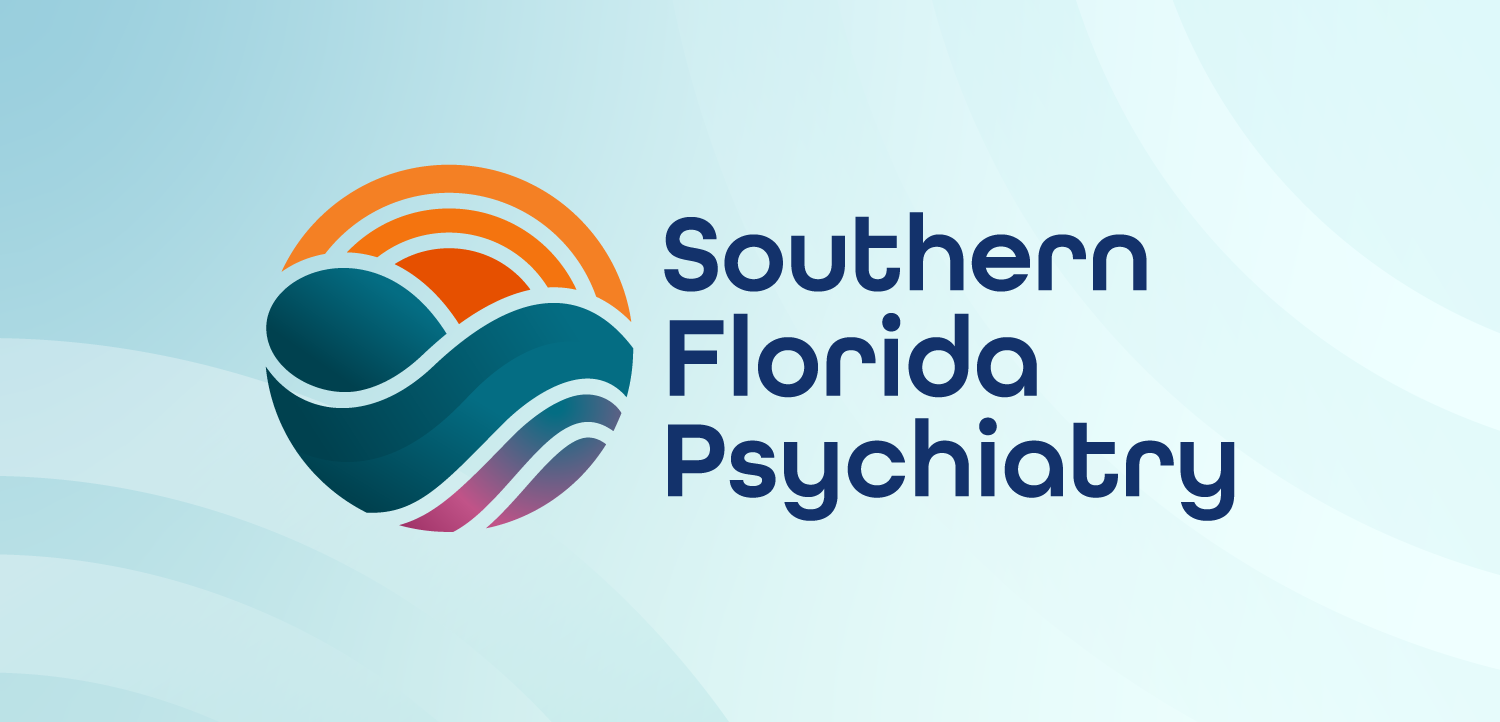
Women's Heart Health: 5 Studies From ACC.25
The risks to women's CV health differ, often significantly, from those faced by men, as demonstrated by 5 abstracts from the American College of Cardiology 2025 annual meeting.
Women face distinct and often underrecognized risks when it comes to cardiovascular health, with new research shedding light on how reproductive care, lifestyle factors, and diagnostic tools may influence outcomes.
Several recent studies point to rising maternal mortality, increased heart failure risk after ovary removal, and the outsized effects of lifestyle risks on women’s heart disease rates. These findings, along with emerging opportunities in artificial intelligence (AI) screening and early detection, will be presented at the American College of Cardiology Annual Scientific Session (ACC.25), which kicks off on March 29 and runs through March 31, 2025.
Here are 5 new study findings published ahead of ACC.25 that clinicians and the women they care for should know about.
1. States With Restrictive Abortion Laws See Rise in CCHD1
The rate of babies born with cyanotic congenital heart disease (CCHD)—a group of serious heart defects that reduce oxygen delivery to the body—has risen in states that enacted restrictive abortion laws following the 2022 Dobbs v Jackson Women’s Health Organization decision, according to research from
Using CDC birth certificate data from 2016 to 2024, researchers found that CCHD rates remained steady in states with protective abortion laws but increased in states with restrictive laws—categories established based on information from the Guttmacher Institute—surpassing projected incidence estimates based on pre-Dobbs trends. The median monthly overage in CCHD cases was 9.6 per 100,000 births post Dobbs.
“If the trend toward an increasing number of CCHD births is true, then there will be a larger population of patients with complex congenital heart disease that will need [early and lifelong] health care,” said Stephanie Tseng, MD, assistant professor and pediatric cardiologist at Nationwide Children’s Hospital and lead author of the study.
While the study does not prove causation, the researchers said factors like when CCHD can be diagnosed—typically during a standard obstetric ultrasound between 18 and 22 weeks gestation—make it possible that this rise in cases could stem from families who may have chosen to terminate the pregnancy if abortion were an option in their state.
2. Lifestyle Risks Carry Greater Weight for Women’s Heart Health2
Common lifestyle and health factors such as smoking, diet, blood pressure, and blood sugar are more predictive of cardiovascular events in women than men, according to research from
Investigators evaluated data from more than 175,000 participants in the Ontario Health Study and found that women with poor cardiovascular health faced nearly 5 times the risk of heart disease compared with those in “ideal” health, while men with similarly poor health had 2.5 times the risk of their healthier counterparts.
The study used 8 cardiovascular health metrics linked to heart disease—diet, sleep, physical activity, smoking, body mass index, blood glucose, lipids, and blood pressure—to classify participants and followed them for over a decade to track cardiovascular outcomes, including heart attacks, stroke, and cardiovascular death. Despite women in the study generally having healthier profiles, their risk escalated more sharply with poor lifestyle scores.
“For the same level of health, our study shows that the increase in risk [related to each factor] is higher in women than in men—it’s not one-size-fits-all,” said Maneesh Sud, MD, PhD, assistant professor of medicine, interventional cardiologist, and clinician scientist at Sunnybrook Health Sciences Centre and lead study author. “This is novel and something that hasn’t been seen in other studies.”2
3. AI-Powered Mammograms Could Help Predict Heart Disease3
AI-assisted mammograms may help detect cardiovascular disease (CVD) risk in women, including women under the age of 60, according to a study from Emory University and Mayo Clinic. The study demonstrated that breast arterial calcification (BAC) visible on mammograms can predict a woman’s likelihood of suffering heart attacks, strokes,
Investigators used a deep learning model to analyze mammogram images from more than 56,000 women, linking BAC levels to future CVD outcomes using 5 years of follow-up data. After segmenting calcified blood vessels, the AI model found that higher levels of BAC were strongly associated with lower rates of event-free survival across multiple cardiovascular outcomes. For example, women with BAC greater than 40 mm2 had a 5-year survival rate of 86.4%, compared with 95.3% in those with BAC less than 10 mm2.
“Our study showed that breast arterial calcification is a good predictor for cardiovascular disease, especially in patients younger than age 60,” said Theo Dapamede, MD, PhD, postdoctoral fellow at Emory University and lead author. “If we are able to screen and identify these patients early, we can refer them to a cardiologist for further risk assessment.”
4. Ovary Removal Tied to Higher Risk of Heart Failure, Especially in White Women4
Women who undergo bilateral oophorectomy, or the surgical removal of both ovaries, face an increased risk of developing heart failure later in life, especially if the procedure is performed at a younger age.4
These findings were made by researchers at the University of Hawaii and Mayo Clinic who used data from the National Health and Nutrition Examination Survey between 2017 and 2023. They found that bilateral oophorectomy was associated with a 1.6-fold increased risk of heart failure after adjusting for factors such as age, race, diabetes, and cholesterol. White women and those undergoing the surgery at younger ages had a 2-fold increased risk.
The abrupt reduction in estrogen following ovary removal may explain the elevated risk, according to the researchers, highlighting a possible link between surgical menopause and adverse cardiovascular outcomes.
"However, in this case, early menopause results from the planned surgical removal of the ovaries, which differs from other causes such as occult infections, autoimmune diseases or unexpected genetic disorders,” said Narathorn Kulthamrongsri, MD, first-year internal medicine resident at the University of Hawaii and lead study author. “Understanding this allows us to anticipate and manage potential complications, particularly cardiovascular disease."
These findings support integrating cardiovascular risk screening into care for women undergoing early oophorectomy, especially when not medically urgent, with Kulthamrongsri emphasizing how importance it is for patients to have informative conversations about heart health with their care team.4
5. Cardiovascular Deaths in Pregnancy Have More Than Doubled5
Maternal deaths from cardiovascular causes more than doubled between 1999 and 2022, with striking racial and regional disparities, according to a study from Rutgers New Jersey Medical School.
Analysis of CDC-WONDER data revealed the age-adjusted maternal mortality rate (AAMR) from CVD rose from 3.62 to 9.08 per million women of reproductive age over 20 years. Black women and women living in the Southern US bore the greatest burden, with Black women experiencing an AAMR of 21.91 per million—more than triple that of White women, who had a rate of 7.10 per million. Rates peaked in 2021, likely reflecting health care disruptions from the COVID-19 pandemic, the authors said.
Most CVD-related maternal deaths stemmed from hypertensive disorders of pregnancy, peripartum cardiomyopathy, and thromboembolic events. Researchers said growing rates of obesity, diabetes, and hypertension are contributing to high-risk pregnancies.
“Such unacceptable rates demand further investigation into identifying women at greatest risk, reducing disparities, and improving maternal outcomes of CVD,” said Mohammad Ahabab Hossain, MD, resident physician at Rutgers New Jersey Medical School and lead author of the study.
References
- Study shows rise in congenital heart defects in states with restrictive abortion laws. News release. American College of Cardiology. March 18, 2025. Accessed March 26, 2025.
https://www.acc.org/About-ACC/Press-Releases/2025/03/17/15/35/Study-Shows-Rise-in-Congenital-Heart-Defects - Lifestyle risks weigh heavier on women’s hearts. News release. American College of Cardiology. March 18, 2025. Accessed March 26, 2025.
https://www.acc.org/About-ACC/Press-Releases/2025/03/17/15/35/Lifestyle-Risks-Weigh-Heavier-on-Womens-Hearts - AI-powered mammograms: a new window into heart health. News release. American College of Cardiology. March 20, 2025. Accessed March 26, 2025.
https://www.acc.org/About-ACC/Press-Releases/2025/03/20/09/58/AI-Powered-Mammograms - Ovary removal increases heart failure risk. News release. American College of Cardiology. March 20, 2025. Accessed March 26, 2025.
https://www.acc.org/About-ACC/Press-Releases/2025/03/20/09/58/Ovary-Removal-Increases-Heart-Failure-Risk - Klein HE. Maternal cardiac deaths double, impacting Black women most. AJMC®. March 25, 2025. Accessed March 26, 2025.
https://www.ajmc.com/view/maternal-cardiac-deaths-double-impacting-black-women-most
Newsletter
Enhance your clinical practice with the Patient Care newsletter, offering the latest evidence-based guidelines, diagnostic insights, and treatment strategies for primary care physicians.




















